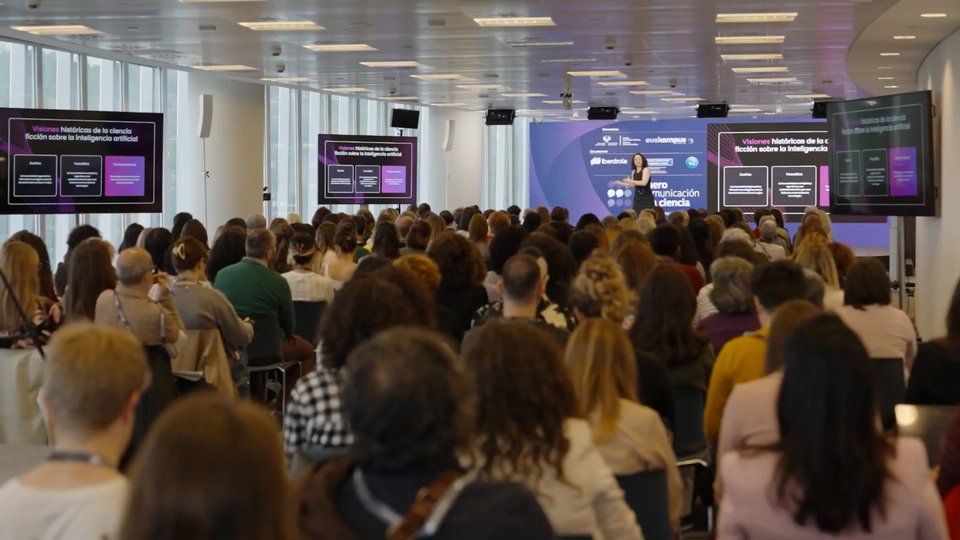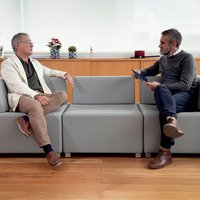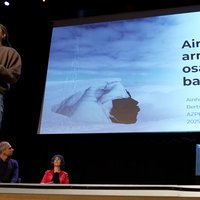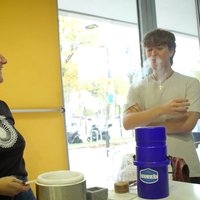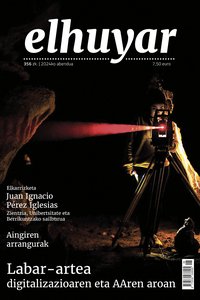Collect and spread to protect yourself from biopiracy
To complete this documentation space they have needed ten years, and for this purpose 200 researchers have spent in the study of ancient books of Indian health systems (ayurveda, unani, siddha and yoga). In total, more than 230,000 data have been collected, including the name of the drug, the names of the ingredients and the amount used in each of them, the way to prepare the ingredient, the way to deliver it to the patient, etc. Scanned images of old books and bibliographic details have also been included. All in five languages: English, German, French, Spanish and Japanese.

To complete this documentation space they have needed ten years, and for this purpose 200 researchers have spent in the study of ancient books of Indian health systems (ayurveda, unani, siddha and yoga). In total, more than 230,000 data have been collected, including the name of the drug, the names of the ingredients and the amount used in each of them, the way to prepare the ingredient, the way to deliver it to the patient, etc. Scanned images of old books and bibliographic details have also been included. All in five languages: English, German, French, Spanish and Japanese.
With this, in addition to collecting and communicating knowledge about traditional medicine, they aim to avoid biopiracy. In fact, this knowledge has been transmitted orally over the centuries and is the property of the people, and they do not want anyone to appropriate it in the international patent offices, as happened with the first curcum or nim.
Against biopiracy
Both are a clear example of the misuse of patents, biopiracy. The roots of the Curcuma longa plant are widely used in Indian cuisine, as well as in medicine, cosmetics and dyed. In 1995, the US patent office granted a patent to two researchers at the University of Mississippi, of Indian origin, for using curcum to heal wounds.
However, to be able to patent, an invention must be new, new use and industrial application. Neither the curious nor its use are new. Thus, the CSRI raised a question against the patent. To prove his use for a long time, he presented documentation of ancient sanscritic books and an article from 1953 of the Indian Journal of Medicine. Two years later, in 1997, the US patent office annulled the patent. It was the first time this happened.
The case of the Nim tree is similar. The Nim tree, Melia azadiratch, is an Indian tree used to relieve the symptoms of malaria, combat skin conditions, kill insects and protect the plantations of fungi, among others.
In 1994, the European patent office (EPO) granted a patent to the US Department of Agriculture and W.R. Grace Company, by a method of control of vegetable mushrooms. But the method was based on nim tree oil and, in 1995, representatives of Indian peasants and non-governmental organizations opened a lawsuit against the patent. It was found that Nima oil is used for this purpose for a long time and finally, in the year 2000, EPO gave them reason.
These are not the only cases of biopiracy; on the website of the TKDL documentation centre in India, the ayahuasca of the Amazon, the cavern of the Pacific, the Andean quinoa and the African cloud are mentioned. In fact, creators believe that TKDL can be an example for other countries. And some have already taken the first step: The South African Republic, Natalia, Malaysia, Thailand and other countries have already announced their intention to make such a collection so that the knowledge of the people does not remain in the hands of a few.
However, some have been worried about publishing all this information on a website. Thus, for example, market analyst Devinder Sharma of New Delhi has told the scientific journal Nature that pharmaceutical companies "can play and adapt to patent" with drug formulations. All the laws, their trap.
Published in Gara
Buletina
Bidali zure helbide elektronikoa eta jaso asteroko buletina zure sarrera-ontzian



